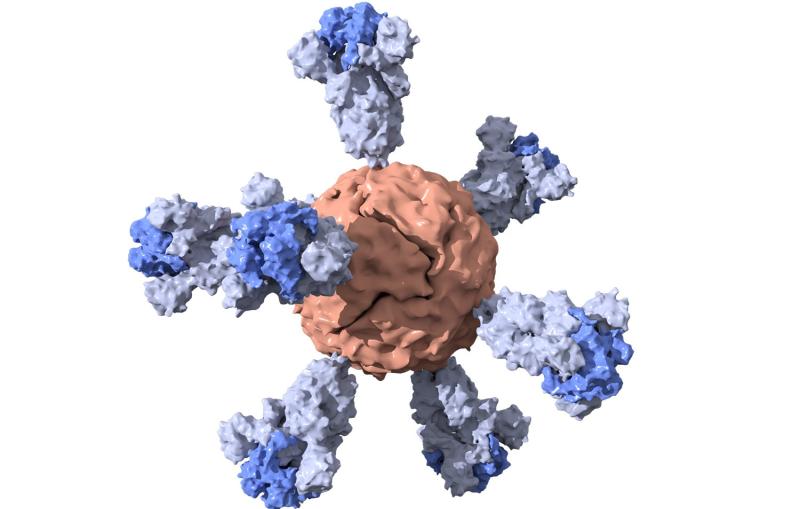

COVID-19 research explores how the SARS-CoV-2 virus breaks into cells and turns them into virus assembly lines that spread infection and identifies places where it can be blocked or attacked. This information is critical for designing vaccines to prevent infection and drugs to treat it.
Related Link:
COVID-19 news collection
